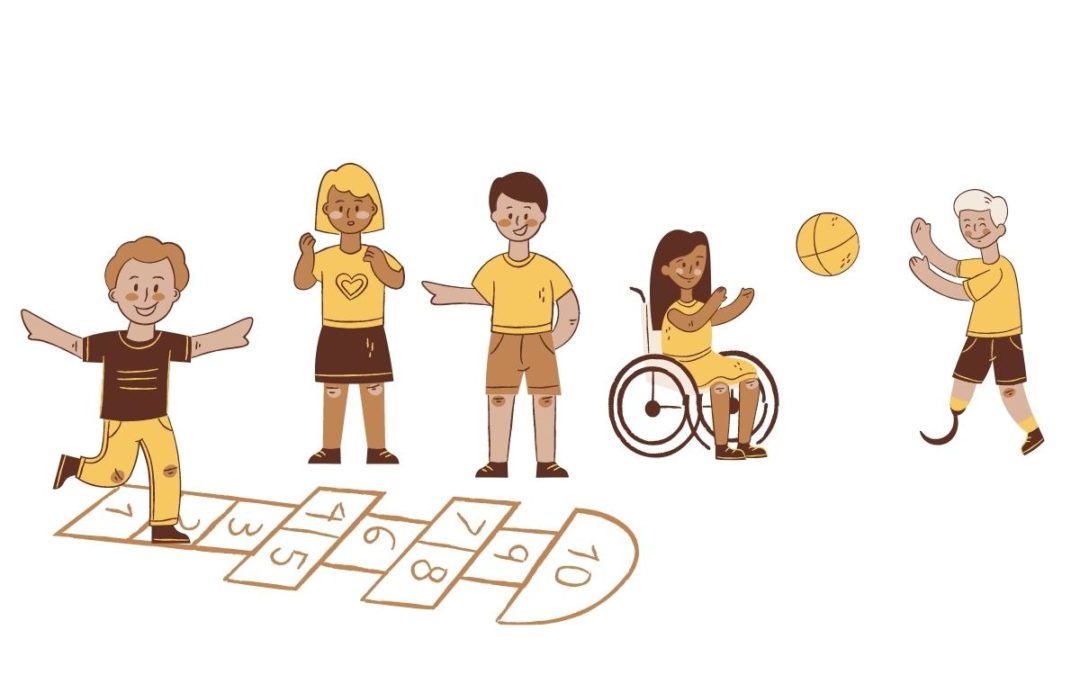Stragegies for keeping everyone cool and calm

Ahhh, the familiar sounds of summer: the tinkling melody of the ice cream truck, the splashing coming from the neighborhood pool, the chirping of crickets and katydids as they strike up their evening serenade. And above it all, the voices of mothers everywhere as they attempt to negotiate with a child who is melting down faster than an ice cream cone on a San Antonio sidewalk. Once the initial excitement of a family summer vacation wears off, even the most well behaved youngsters will inevitably grow bored and begin to look for new ways to torment one another, and you. Throw in long car trips, strange cities, flight delays, lax schedules and the occasional fast food bender, and you have a recipe for potential disaster. Fortunately, there is a cure for these summertime blues, and it lies in preparedness. Whether your child is 3 or 13, there are some coping strategies that you can employ that will shorten, if not stave off completely, the dreaded summer meltdown.
Tantrum triggers
While the words “temper tantrum” and “toddler” often go hand-in-hand, children of all ages (and some grown-ups too) are capable of “losing it” at a moment’s notice, especially under extenuating circumstances like travel. “Vacations can provide a family with a much-needed break from the daily grind, but it can also be difficult when schedules and routines are different and the environments are new,” says Haley Beckel, LSSP, LPA, and mother of three children ranging from 6 to 12 years of age. “Understanding what triggers a tantrum can help parents cope and learn how to manage their child’s behavior while enjoying family time.”
Beckel goes on to explain that some of the most basic causes of tantrums include fatigue, hunger, boredom and frustration. Identifying and understanding the causes can help you avoid them. Making sure your children are eating well and staying properly hydrated, for example, is one way to avoid the hunger or sugar crash meltdown. And while it is tempting to fill vacation days with back-to-back activities, make sure you allow some downtime, and try to adhere to as normal a sleep schedule as possible.
“Know your child’s limits,” advises Beckel.
Involving your child in age-appropriate decisions along the way can also help make traveling easier. For the younger child, giving choices over small matters can make a big difference. Beckel recommends presenting a toddler with simple options such as whether or not to have milk or juice with dinner. For the older child or teen, being allowed to have a voice in the planning of the day’s events and activities can help keep moodiness at bay.
“Try to include your preteen or teenager in decisions about where to eat or what activity to do, and he or she will more likely engage in a positive way,” she says.
Keep calm and carry on
As all parents know, you can do everything “right” and something will still manage to go “wrong.” So what do you do when all hell breaks loose? While it can be easy for overtired, overwrought parents to lose their cool, think of that popular phrase and “keep calm.” Outline your expectations in a clear and age-appropriate way, and model the behaviors you expect. If you are screaming at a screaming child, chances are that things will only escalate. “Children of all ages need boundaries, and they need to know that their parents are in charge,” Beckel explains. “It makes them feel safe and protected, and it helps them keep their behavior in check when the expectations are clear.”
Furthermore, look for opportunities to reward the positive rather than punish the negative. The truth is that negative attention can increase the negative behaviors because, as Beckel explains, any attention is better than no attention at all to a child.
While a screaming toddler or a sulking teen can be difficult to ignore (especially if you’re in a public place), the worst thing you can do is give in simply to avoid a scene. “Giving in to a child of any age will only hurt everyone in the long run,” cautions Beckel. “The tantrums will continue because the child has learned that if he or she cries or argues enough, you will give in.”









0 Comments